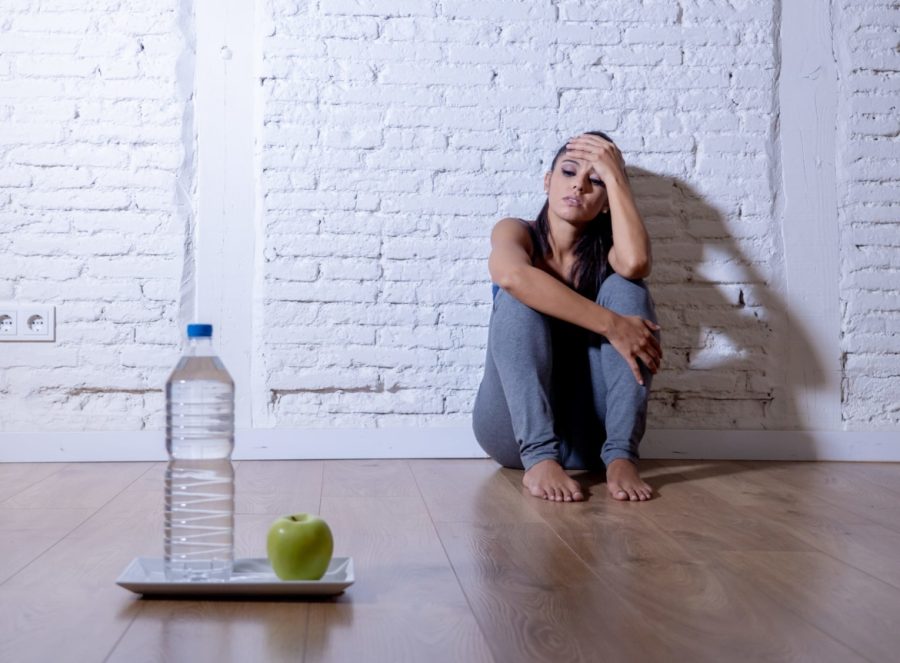Why body shaming?
Body shaming has become a big part of teenagers’ lives and it has to change. Here’s how to deal with it
Many people don’t know the real meaning of body shaming. It’s the act of making fun of someone’s physical appearance. It can be for fatness, thinness, height, body hair, hair color, muscularity, looks or even skin disease. Usually, people shame others for their body shape. In movies, the fat characters are often the ugly unattractive ones that eat a lot of unhealthy food. That’s a stereotype.
Body shaming has a lot of effects on the victims. It can cause eating disorders, body dysmorphia, reduced self-esteem, anxiety, depression and even suicide. Body shaming is the fourth cause of suicide in teenagers aged between 15 to 19 years old. Eating disorders usually start between the ages of 10 and 20 and are caused by childhood trauma such as body shaming. In high schools, 30% of girls and 24% of boys get bullied for their physical appearance.
Parents have a huge influence on their children’s body image. Kids are going to be exposed at school, so parents have to talk about it and educate their children and support them through all of it. Tell your child what you love about their physical appearance but also their personality so they’ll know personality matters as much as looks. Don’t bully anyone else’s body because they’ll also feel judged by you. Focus on health over looks and tell them to be confident.
The body image is your perspective of your body. Teenagers often compare their body to social standards that they see on social media. These platforms are full of people showing themselves at their best, so it’s difficult to avoid it and it might make people feel bad about themselves. Actually, those photos are usually fake and photoshopped with so many filters. It is not the ‘ideal’ body because all bodies are beautiful!







anonymous • May 2, 2022 at 2:02 pm
I like this article, I think we should stop judging people on their body.because afterwards they don’t feel good in their body and can start to stop eating and cause other things.
Rose-Marie Martel • Mar 24, 2022 at 10:05 am
I really like that text, because all the things that you say are real and really interesting
Sandryne Bélanger • Mar 24, 2022 at 9:24 am
Very nice article. I found your topic very interesting.